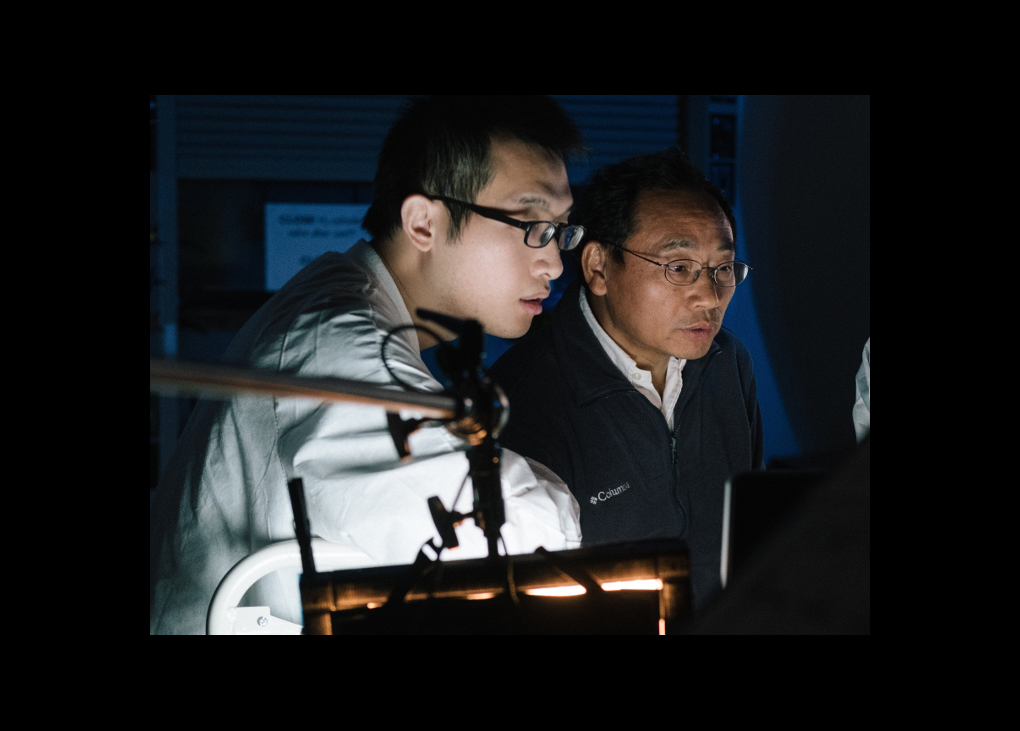Researchers writing in Nature Materials have called for increased efforts to find new thermoelectric materials.
In 1834, French physicist Jean Peltier discovered that at the junction of two different metals, a heating or cooling effect could be produced through electrical currents. Bismuth tellurium compounds have now been used for thermoelectric cooling for more than 60 years.
The authors of the paper, including Zhifeng Ren, director of the Texas Center for Superconductivity at the University of Houston, have called for increased focus on the development of new advanced materials that work at or near room temperature.
According to Science Daily, the researchers believe there is a market to find better materials, since there is already a commercial demand for thermoelectric cooling.
“Cooling is … a billion dollar market, and there has not been much progress on materials,” says Ren.
He and co-authors Jun Mao, a researcher at TcSUH; and Gang Chen, a mechanical engineer and nanotechnologist at the Massachusetts Institute of Technology, were part of a group that discovered a new material comprised of magnesium and bismuth in 2019 that was almost as efficient as the traditional bismuth-tellurium material.
Thermoelectric materials create a source of energy by taking a heat current from a warmer area to a cooler area. The cooling modules present a greater challenge because it is difficult to achieve a high thermoelectric figure-of-merit (a metric used to determine how efficiently a material works).
However, thermoelectric cooling devices are also beneficial because they are quiet, compact and do not release emissions.
Science Daily states that thermoelectric materials used for power generation more easily achieve a high figure-of-merit because they operate at higher temperatures – around 500 Centigrade, or about 930 Fahrenheit.
Ren also told Science Daily he believes finding materials with a higher figure-of-merit could create a competitive market for refrigerators and air conditioning.
“It’s not there yet, but I don’t see why it cannot be in the future,” he says.
Pictured: Zhifeng Ren (right), Director of the Texas Center for Superconductivity at the University of Houston, and researcher Jun Mao. Image credit: University of Houston.



Leave a Reply